
I bet you've heard this word before but, do you know what it means? Well, basically Biodiversity is the combination of two words: biological and diversity. And what it means has to do with the multiple types of life forms that can be found somewhere, in this case on Earth. So it is not only animals we are talking about, this term includes fungi, plants, and microorganisms. There are a few types of biodiversity, let's see some examples.
Check this article to find out more about: Complete Guide On Biodiversity Definition and Why It's Important.
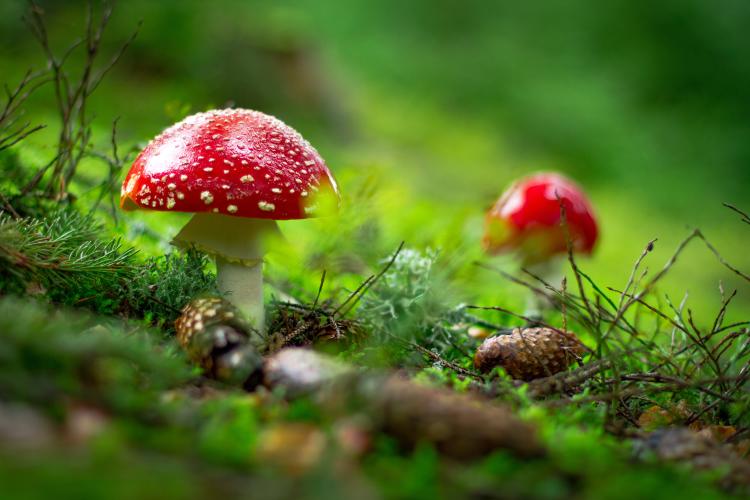
Biodiversity can be defined as the wide range of species - whether plants, animals, bacteria or fungi or humans- living on Planet Earth. Biodiversity is mostly responsible for the perfect balance of our ecosystems. But that it's what is at stake right now: while many species are yet to be discovered by natural sciences, many others that we already know are suffering the consequences of human activities and slowly starting to walk the path to extinction.
There are four types of biodiversity and each one of them is associated with a factor of life. So le's see what they are and review some examples of biodiversity:
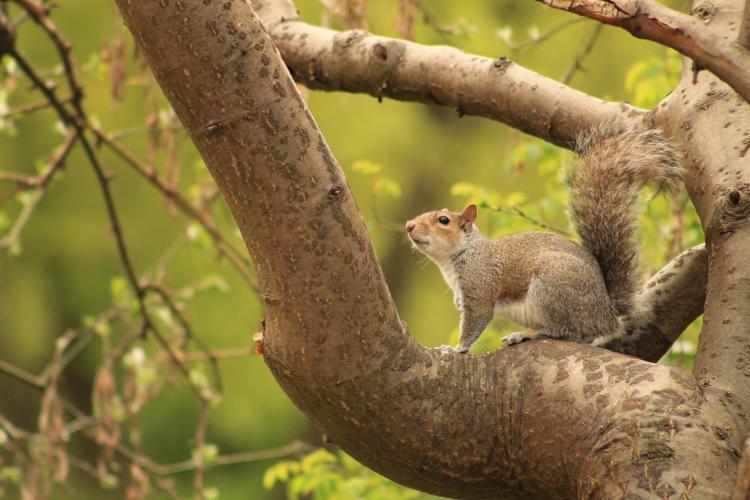
Did you know that everything that lives on Earth, regardless of its species is related to every other living thing on Earth? This is mind-blowing if you think about it, humans related to a mushroom or even to a fish sounds crazy and impossible since every species is completely different but that is the magic of genetic diversity.
So it is not that we are closely related to fish and moss, but we do share some genetic information. Let's try to see this with some examples:
Basically, a squirrel from the east has certain genetic information, it is kind of unique but a squirrel from the west shares most of that genetic information. They are completely different species, they can have different colors but they look virtually the same. You will recognize them as two different squirrels but squirrels at last.
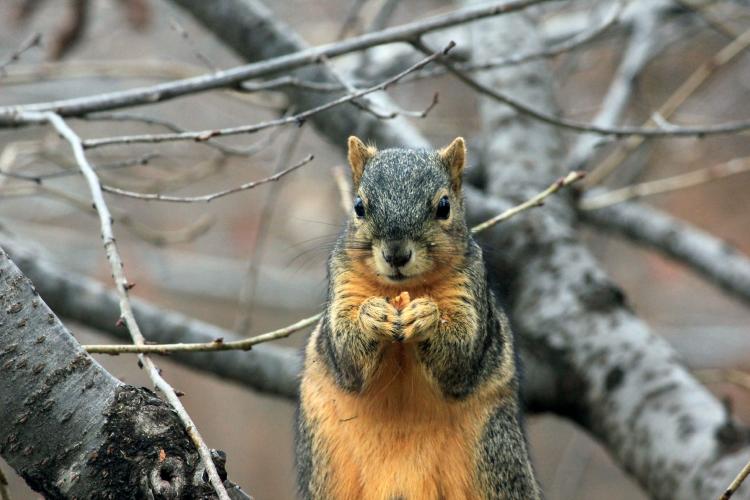
This is an organism's closer relative example. We can't say the same about a squirrel and a dog. They will share some genes, but not remotely close as two squirrels.
And this not only applies to squirrels, in theory, but every species living in a certain habitat also have a close genetic relative. Keeping the example of the squirrels we can find grey squirrels on the Rocky mountains and we can find squirrels in the Brazilian Amazon. They will be different, but they will be considered to be almost the same but since they never mated they are completely different species. And that is because of genetic diversity.
So let's see some distant but familiar examples of biodiversity:
So, every squirrel we find in the world is that, a squirrel. They have almost the same genetic information and that is why they look almost the same. Having that clear, there is another example of genetic biodiversity where living things are different species but share some genetic information that puts them in the same family.
That is the case with squirrels, chipmunks, and marmots. They share enough genetic information to be related and have some features in common but they have enough diversity that they cannot be considered the same species. Some of the features they share are that they are all rodents, and closely related to a bigger group: mammals. Therefore, have hair and not feathers, they feed their newborns with milk and are related to most mammals.
So not only they are related to each other, these living creatures are related to other organisms that are not animals such as plants.
So even though every species have the same origin per see, with time they develop different features according mostly to their need to adapt to different habitats. And that is called Species Diversity.
Species make their own contribution to biodiversity. Since with time they developed different features to survive different environments, we can appreciate small differences between the same species of animals, like the squirrels we just talked about.
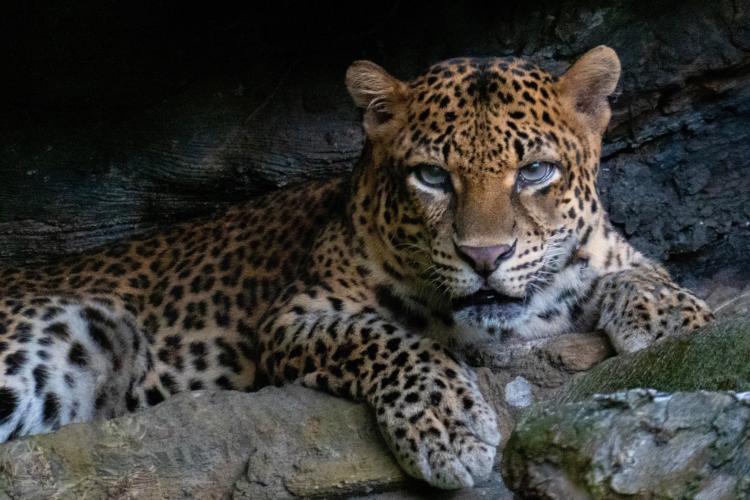
What makes two animals of the same species the same? Well, basically a species is the basic unit of biological categorization so it works as a biological diversity measurer. There are give or take 10 million species on Earth. This is not only animal species but also microorganisms, fungi, and plants. And this is only an estimate, there are way more than that, that scientists haven't discovered or differentiated.
How can they be so many species? Well, it all comes down to the habitat, meaning the ecosystem where they live. And this leads us to Ecological Diversity.
Species diversity is interlinked with ecological diversity. Since theoretically, species evolved having into account the troubles they have to face to adapt to a new habitat, this means there are a lot of habitats. That is called ecological diversity.
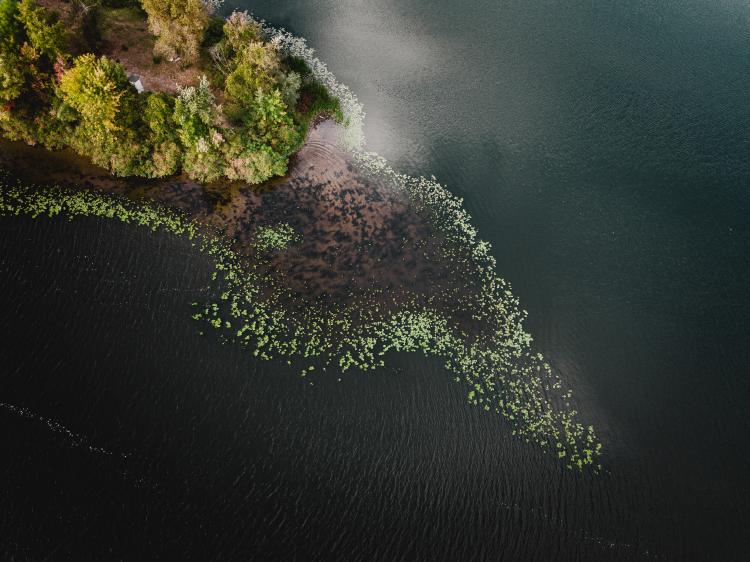
There are multiple habitats on Earth that are home to many species not only of animals but are in their own, living organisms.
What is an ecosystem: An ecosystem is a group of organisms from different species living in habitating the same place. So many different species cohabitating form an ecosystem.
Let's see some biodiversity examples on ecological diversity:
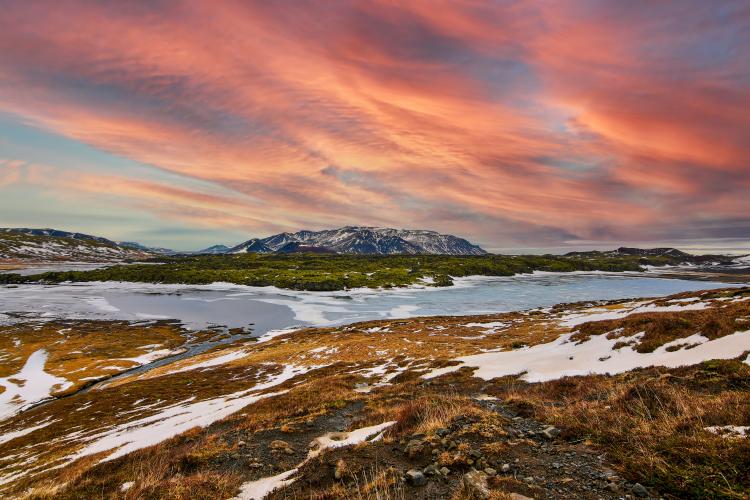
Terrestrial ecosystems are land-based. And there are different types of terrestrial ecosystems:
Terrestrial ecosystems are exclusively land-based ecosystems. There are different types of terrestrial ecosystems distributed around various geological zones. They are as follows:

So, what is the fourth type of biodiversity and what are some examples?
Basically, functional diversity is in what manner species behave. How they obtain food, mate, and how they handle their ecosystems and the natural resources for their well-being. So when an ecosystem has a biodiverse set of species you could think that they have a high level of functional diversity. And this type of diversity is important when we are trying to study certain phenomenons around ecosystems since scientists can understand better how the organisms that form the ecosystem are acting.
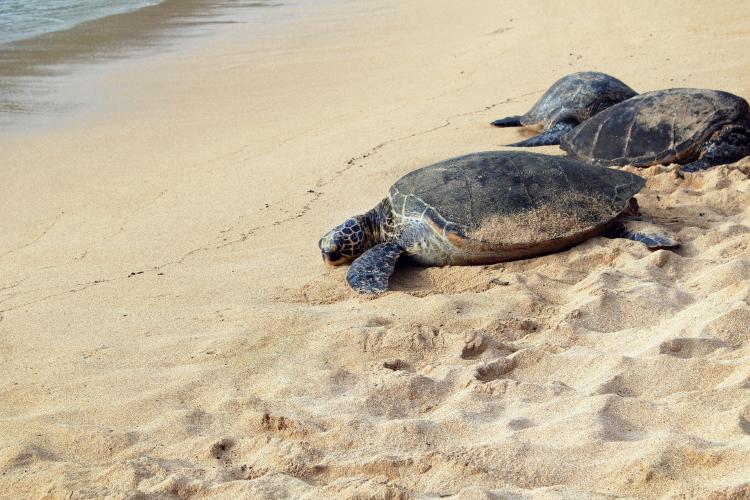
With that information, scientists and researchers can also figure out what is threatening the biodiversity hot spots.

Sadly one of the examples of biodiversity threats is the human race development. As we expanded out cities and urban ecosystems made with cement, roads, and all different types of constructions we are threatening the ecosystems and the biodiversity that was once in that place. Imagine a rainforest where the city of Lima, Peru is right now. So even though we leave some parts untouched, the biodiversity levels are significantly lower in the spaces humans are settled. Another example of biodiversity threat is that in the big cities developments such as Chicago and New York we can see the development of other sorts of biodiversity. Living organisms are very resilient so when you see a rat running a rat, well that is just a part of that ecosystem now.
So it is nota. surprise that climate change is a threat to Earth and therefore for humankind. But is also the biggest threat to biodiversity.
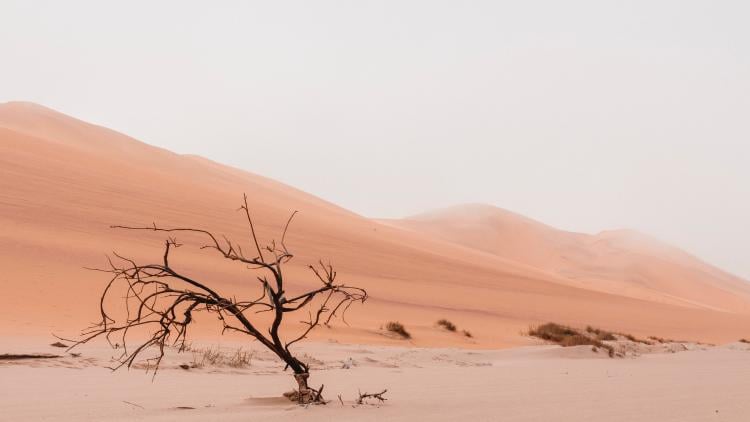
Let's see why.
Global warming: higher temperatures make it impossible for some ecosystems to survive. Imagine a mangrove ecosystem Which is one of the most humid and water needing ecosystems there is, facing a drought, well it could not survive. And if it does survive it will face some challenges.
Also having lower temperatures, which is also a consequence of climate change can make a big impact on biodiversity. There are a certain amount of adaptations organisms have, but if they don't adapt they either die or migrate and that can have an impact not only in the ecosystem that is being threatened but also in the ecosystem where these species are migrating to.
It all might sound out of our hands. But there are actually a few things we can do to help biodiversity subsist. Here is a list for you to keep in mind:
If you liked this article don't miss on 10 Science - based Facts you Should Know about Biodiversity.